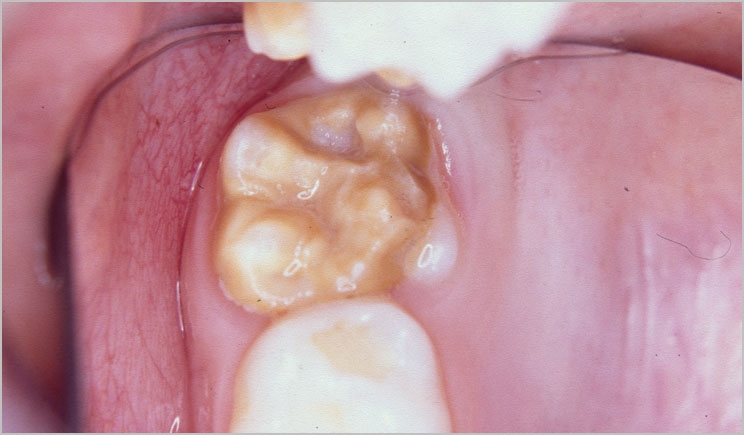
BPA is the cause of a specific tooth enamel abnormality.
Molar incisor hypomineralization could result from exposure to BPA, according to the authors of a recent study. The information comes after finding similar damage to the dental enamel of rats that received BPA.
The study was presented at the Endocrine Society’s 97th annual meeting in San Diego.
Generally, defects in enamel in young children can be an indicator of exposure to BPA. Numerous other health problems can be linked to BPA as well.
MIH produces white or brown opaque spots on an affected child’s permanent first molars and incisors, which become painful, sensitive and vulnerable to cavities. This problem impacts up to 18 percent of children from ages 6 through 9. The problem usually comes from something in the environment that the child is exposed to.
The research team at the French National Institute of Health and Medical Research administered low doses of BPA to rats as part of their study. The rats received the BPA from fetal life to 30 days after birth. The BPA caused enamel defects similar to defects seen when humans are exposed to BPA.
In the second part of the study, the researchers cultured and analyzed rat ameloblast cells, which are present only when the enamel is formed. In humans, this process starts in the final trimester of fetal development and lasts until 3 or 4 years after birth.
This study shows that BPA definitely affects dental cells and enamel. Also, similar target molecules are used, which are present in other organs. These molecules are receptors for sex steroid hormones associated with organ development, endocrine homeostasis and hormone-sensitive cancers.
The study also showed that there was an increase in estrogen activity, which had a larger impact in male rats than female rats. This could mean that there are enamel differences based on gender.











